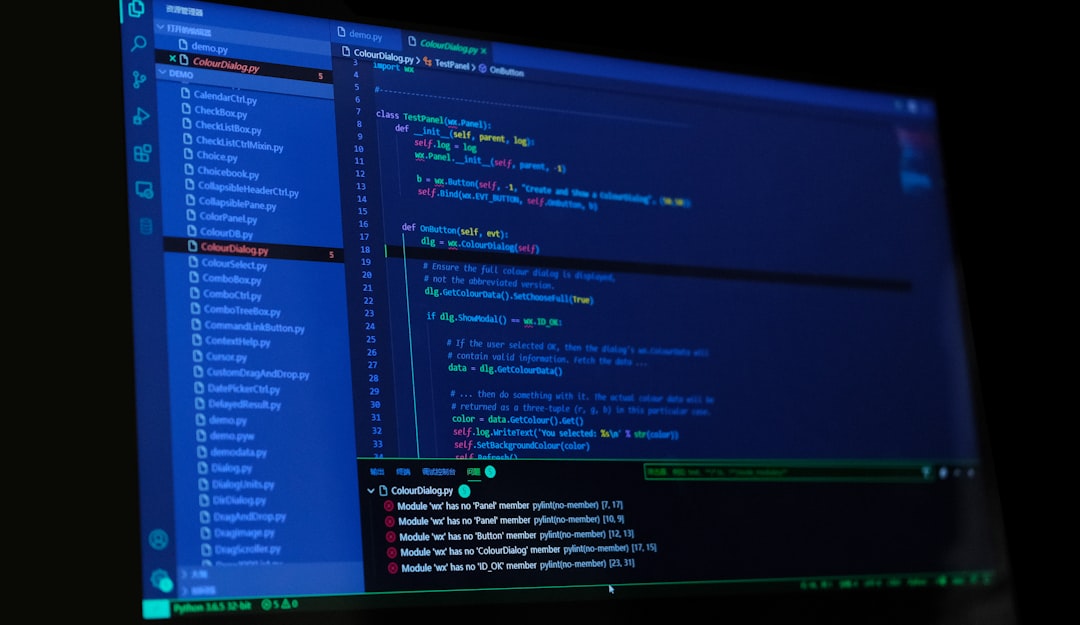
Effective Collaborative Sizing Strategies for Complex Codebase Abominations Banner
In the world of software development, particularly within complex codebases, effective collaborative sizing strategies are essential for fostering teamwork and ensuring project success. This article will delve into these strategies, highlighting best practices, tools, and methodologies that can lead to successful outcomes.
Understanding Collaborative Sizing
Collaborative sizing involves the collective estimation of tasks and features within a codebase. It is a crucial aspect of Agile methodologies, where team members collaboratively discuss and evaluate the size and complexity of work items. This practice helps in creating a shared understanding of the project scope and encourages active participation from all team members.
Why Effective Sizing Matters
Enhanced Communication
Effective sizing promotes open discussions among team members, allowing for different perspectives to be considered. This can lead to better decision-making and improved project outcomes. By ensuring that all voices are heard, teams can identify potential roadblocks early in the project lifecycle.
Accurate Estimations
Collaborative sizing helps in producing more accurate estimations, reducing the risk of project delays. When team members contribute their insights, it creates a more holistic view of the project’s requirements and complexities.
Increased Ownership
When team members are involved in the sizing process, they are more likely to feel a sense of ownership over the work. This can lead to increased motivation and commitment to delivering high-quality results.
Strategies for Effective Collaborative Sizing
1. Use Estimation Techniques
Several estimation techniques can be employed, including Planning Poker, T-Shirt Sizing, and Dot Voting. Each of these methods encourages team participation and helps in reaching a consensus on the size of tasks.
Planning Poker
Planning Poker is a popular estimation technique where team members use cards to vote on the size of tasks. This method not only facilitates discussion but also helps in avoiding the influence of dominant voices in the room.
2. Foster a Safe Environment
Creating a safe environment for team members to express their opinions is crucial. Encourage open discussions and emphasize that all contributions are valuable. This will help in building trust among team members, leading to more effective collaborative sizing.
3. Leverage Tools
Utilizing tools like Jira, Trello, or Azure DevOps can streamline the collaborative sizing process. These platforms allow teams to visualize tasks, assign sizes, and track progress efficiently.
4. Regular Retrospectives
Conducting regular retrospectives is essential for continuous improvement. Teams should examine what worked well and what didn’t during the sizing process. This feedback loop can lead to refined strategies and better outcomes in future projects.
Case Study: Effective Sizing in Action
Consider a software development team working on a complex e-commerce platform. Initially, the team struggled with inaccurate estimations and missed deadlines. By implementing collaborative sizing strategies such as Planning Poker and fostering open discussions, they significantly improved their estimation accuracy. This led to a 30% reduction in project delays and enhanced team morale.
Current Trends in Collaborative Sizing
With the rise of remote work, collaborative sizing strategies have evolved. Virtual estimation tools have gained popularity, allowing distributed teams to engage in collaborative sizing sessions seamlessly. Tools like Miro and MURAL provide interactive platforms for remote teams to participate in estimation exercises effectively.
Expert Opinions
According to Dr. Jane Smith, a leading Agile coach, “The success of collaborative sizing lies in the team’s ability to communicate effectively. It’s not just about the numbers; it’s about understanding the context behind them.”
Further Reading and Resources
To expand your knowledge on effective collaborative sizing strategies, consider the following resources:
Conclusion
Implementing effective collaborative sizing strategies is vital for navigating the complexities of modern software development. By fostering communication, utilizing appropriate tools, and encouraging team participation, teams can enhance their estimation accuracy and overall project success.
Stay updated on the latest trends and strategies in DevOps by subscribing to our newsletter. Share this article with your colleagues and explore new tools that can elevate your collaborative practices!
Glossary of Terms
- Collaborative Sizing: A method of estimating tasks collectively within a team.
- Planning Poker: An estimation technique using cards to facilitate discussion and reach a consensus.
- Retrospectives: Meetings held after a project phase to reflect on what worked and what didn’t.
Tags
#DevOpsAutomation #UbuntuAdmin #ContinuousDeployment #GitHub #CollaborativeSizing #AgileDevelopment


